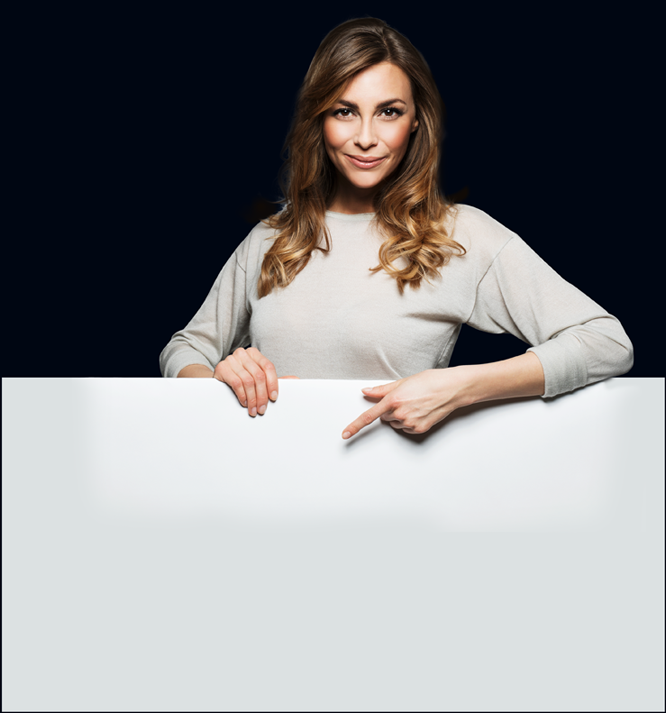The new 3-S-Pardatschgratbahn will replace the existing monocable gondola built in 1990 and will transport guests directly, without stopping at the intermediate station, to the Pardatschgrat.
The influx to Ischgl’s ski area is unbroken, and since in the last few years the number of beds available and visitor numbers have not just increased in Ischgl, but throughout the entire Paznaun region; therefore increased shuttle capacity is also imperative. After the 24-Funitel Silvrettabahn and the 8-MGD Fimbabahn (MGD = monocable gondola detachable) were upgraded in the last few years to provide them with the latest technology, reconstruction and renovation work on the Pardatschgratbahn is now underway.
The requisite project proposals were concluded with the relevant state and federal authorities in the first half of 2011. The approval processes for environmental protection were successfully concluded in June of this year. The licence documents for the construction and operation of the tricable gondola were granted in August 2011 by the relevant Federal Authority for Transport, Innovation and Technology. Between 28 – 30 June 2011 statutory cable car construction licensing procedure was dealt with; notification has not yet been issued.
Intended start of construction: May 2012
Completion date: November 2013
Silvrettaseilbahn AG advertised an architectural competition for the new Pardatschgratbahn. From a total of eight architects invited, the work of six met the criteria. The project by Arch. Dipl.- Ing. Manfred Jäger was presented as the winner of the competition on 22nd December. His optimal implementation of the technical and architectural specifications convinced the panel of judges.
4-MGD Pardoramabahn
The new 3-S-Pardatschgratbahn will replace the existing monocable gondola built in 1990 and will transport guests directly to the Pardatschgrat, without stopping at the intermediate station. The second section of the former Pardatschgratbahn is to be retained; re-named the Pardoramabahn it will provide access to the popular pistes beneath the Pardatschgrat. The advantage of this is, that the gondola lifts will no longer be blocked by passengers coming from the valley, as it is the case (mainly in the mornings at peak times). The few passengers, who are carried (mainly in the afternoons) from the existing intermediate station to the valley, can get on the Silvrettabahn and Fimbabahn at the intermediate stations without any problems.
3-S Pardatschgrat
‘3-S-Bahnen’ or tricable gondola detachable (3-S stands for 3 ‘Seile’, or 3 cables) are detachable aerial lifts which have two track ropes and one haul rope. Some of these lifts are already in operation and three are currently being built in the Olympic ski area at Sotchi in Russia. The lifts are characterised by low energy consumption and very long rope spans. This means it is possible to get direct from Ischgl to the Pardatschgrat, without stopping at the intermediate station, because building is not able to be carried out here for reasons of space. The two bearing cables also provide a high level of wind stability.
Preliminary work
On account of the special geological situation in the mountain station area, and the danger of mountain torrents at the valley station, the Silvrettaseilbahn AG had to clarify many details in the run-up. The geological situation at the mountain station in particular is worth mentioning; here, a rigid rock layer lies on top of a soft substratum, which has been constantly moving towards the valley since the last Ice Age over 12,000 years ago. This movement is further intensified by the thawing of the permafrost. Special architectural and technical building measures are now required to offset these movements. Together with geologists and structural engineers, the requisite and also additional measures, have already been clarified in advance. Under the guidance of chairman Markus Walser, the technical project planning was for the most part completed in 2010, which means that in December tendering for the architectural competition can take place and in March 2011 official submissions could follow.
The winning project
The invitation to tender went out exclusively to architects from the district of Landeck. Kappl-born architect Mr. Jäger was the winner, winning over the panel of judges with his futuristic looking building at the valley station. He has been commissioned to carry out the building construction design. A few details - a central main arch runs through the entire building and splits it into two asymmetrical halves. The actual gondola station and the technical facilities are housed in the larger section of the building. The lower floor houses the office area, cash desk area, entrance and ‘access area’, which provides direct access from the piste to the building via a wide ramp. The intended steel construction, which will be encased with glass and partly cladding sheets, gives the building a certain lightness, something which also seemed, in spite of its size, to be necessary. The architect Mr. Jäger regards this building, the shape makes this clear, as being a ‘heart for Ischgl’, and with special lighting effects he seeks to communicate with the public space.
At the start of the winter season 2013/14 by the latest, when Silvrettaseilbahn AG will be celebrating its 50 year anniversary, this cable car will be another noteworthy feature in Ischgl.
Detailed construction documentation will be available here from summer 2012.
TECHNICAL DETAILS 3-S PARDATSCHGRAT A2:
Valley station: 1359m
Mountain station: 2616m
Altitude difference: 1257m
Length: 3455m
Conveyance capacity: 2800 people/hour
People/cabin: 28 people seated
Number of cabins: 31
Speed: 7.5 m/s
Journey time: 9.3 mins
HEIGHT OF THE SUPPORTS:
Support 1 54 m
Support 2 56 m
Support 3 59 m
Support 4 60 m
Support 5 40 m
4 TRACK ROPES AND 1 HAUL ROPE
Two track ropes per lane
Length: 3850m each
Weight: each around 74 tonnes
Diameter: 58 mm
Haul rope
Length: 7400m
Weight: around 87 tonnes
Diameter: 55 mm






